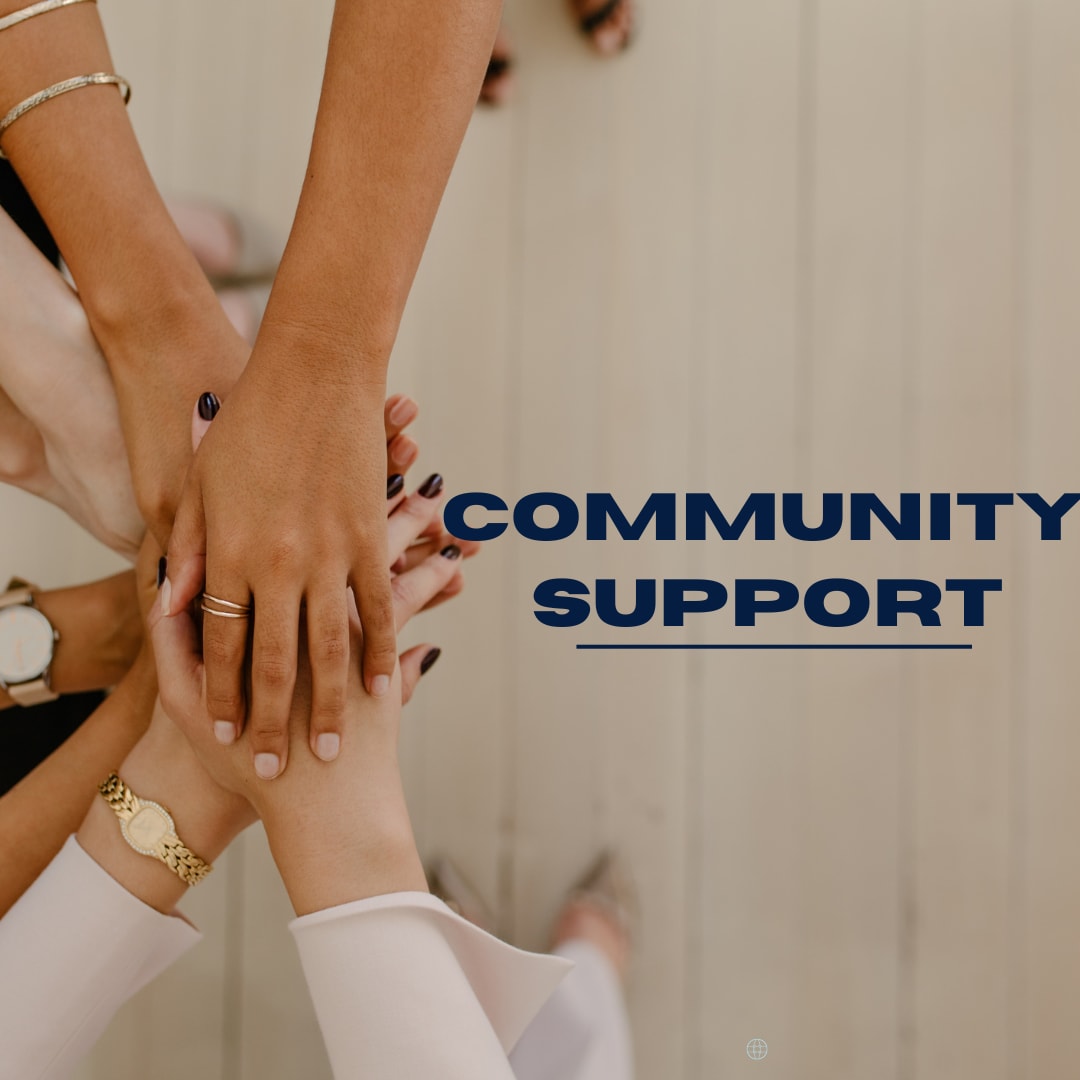Community Response to Domestic Violence
We have previously explored recognising the signs of domestic violence and supporting individual victims and survivors. Today, we shift our focus to the critical role of the community in addressing this pervasive issue. While individual support is essential, it is equally important to tackle the root causes of domestic violence at a community level. This includes challenging patriarchal and misogynistic norms that fuel violence against women, so that we can create a safer society for all.
To achieve this, we must unite in condemning domestic violence and implementing concrete actions to eradicate it. At the same time, we must provide comprehensive support for survivors. A dual approach – direct assistance and preventative measures – is essential for building strong, supportive communities where domestic violence is unacceptable. Let’s explore some of this approach:
- Fund and support shelters and hotlines that offer safe accommodation, crisis intervention, and referrals for legal, medical, and psychological help. This support should also include counselling and mental health services to help survivors process their experiences and heal from trauma, as well as access to legal assistance for obtaining restraining orders, navigating custody battles, and addressing other legal issues related to domestic violence.
- Ensure that all interactions with survivors are confidential to protect their privacy and safety.
- Provide support programs that can help with temporary housing, childcare, transportation costs, emergency funds, job training, and employment opportunities. Leaving an abusive situation can cause financial hardship; this can help survivors alleviate that.
- Educate law enforcement agencies on handling domestic violence cases with sensitivity and proper protocol to make a significant difference for victims seeking help.
- Educate communities on recognising signs of abuse and how to offer support to potential victims, creating a broad safety net.
- Normalise healthy relationships and speak out against domestic violence through campaigns to break the silence and correct the use stigma and shame which keep victims silent. Teach young people about healthy relationship dynamics, communication skills, and what constitutes abuse.
- Advocate for stronger laws and policies that protect survivors and hold abusers accountable. This must also include creating safe and anonymous ways for victims and survivors to report abuse without fear of retaliation.
- Create support groups where survivors can share their stories, connect with others who have similar experiences, and build a supportive community to help them heal and not return to the harm they got out from.
Domestic violence is a complex issue; survivors have different backgrounds, histories, and stories, therefore, there’s no one-size-fits-all solution. However, by working together and being willing to evolve past harmful cultures and norms as we know it, engage inclusively, and meet survivors’ needs with empathy, communities can create a supportive environment where victims feel safe to seek help and rebuild their lives. How can we be inclusive in our approach? Let’s explore this briefly.
How Can We Be Inclusive in Our Approach?
Often, important aspects such as cultural sensitivity are overlooked when supporting survivors. It’s not enough for the community to provide help and support; this help must also cater to diverse needs and ensure inclusivity. Here’s how we can achieve that:
- Ensure inclusivity and cultural sensitivity: Services offered must meet the diverse needs of survivors from different backgrounds.
- Provide multilingual materials and support: Cater to non-English speaking survivors by offering resources in multiple languages, especially ones in their domain.
- Provide culturally competent counselling and support services: Ensure that support services are provided by professionals who understand and respect the cultural beliefs and practices of survivors.
- Collaborate with community leaders and organizations: Engage with community leaders and organizations representing diverse cultural groups to better understand and address the specific needs of survivors within those communities.
- Offer flexible support options: Recognize that survivors may have unique cultural and personal circumstances that affect their ability to seek help, and provide flexible support options to accommodate their needs.
- Promote intersectional understanding: Recognize and address the intersectionality of factors such as race, ethnicity, gender identity, sexual orientation, disability, and socioeconomic status that may impact survivors’ experiences and access to support.
- Educate about healthy relationships: Teach about healthy relationships, boundaries, and communication in schools and community programs, especially to younger, impressionable ones, to prevent future domestic violence.
In closing, let us heed the words of Asha-Rose Migiro that says, “Nowhere in the world is a woman safe from violence. The strengthening of global commitment to counteract this plague is a movement whose time has come.” Let’s all pay attention to the urgency of our collective responsibility to address domestic violence with unwavering commitment and also embrace inclusivity in our approach. When we do this, we can create a world where survivors of all backgrounds feel seen, heard, and supported.
23 Feb 2024







